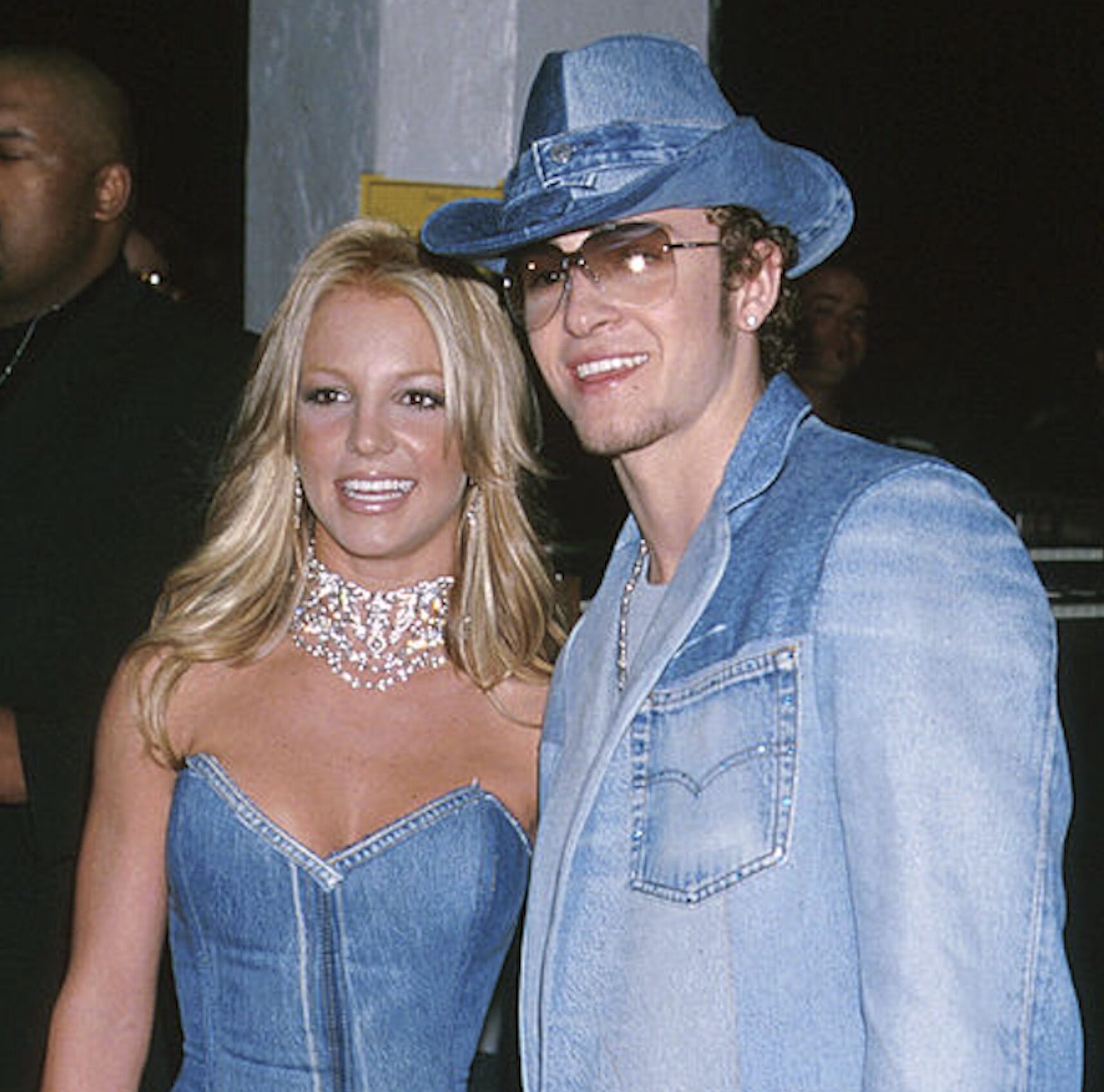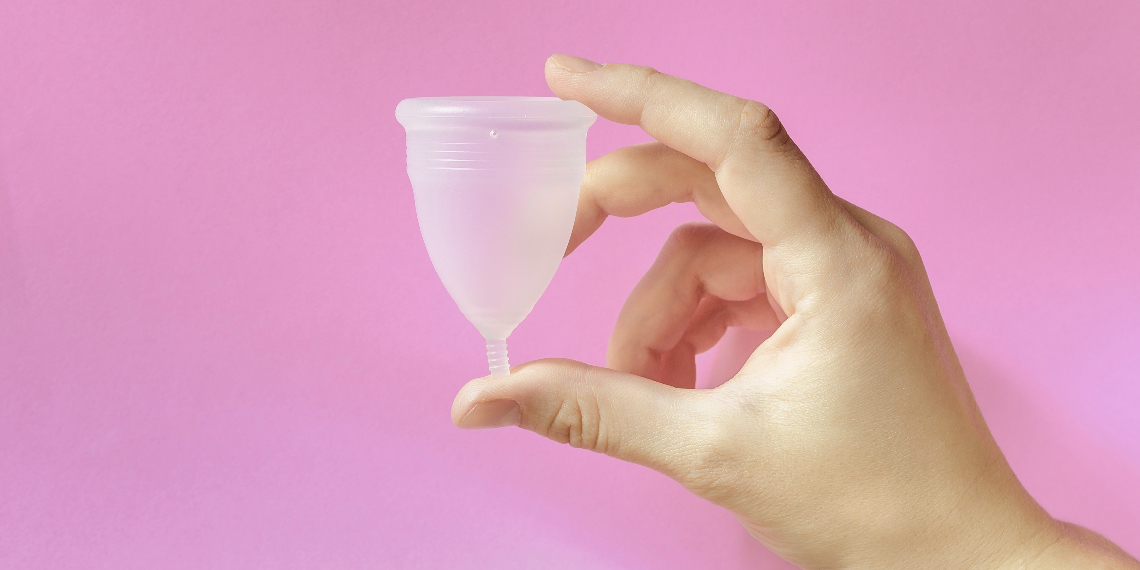You might have read my last article about why you should reconsider using traditional tampons as your go-to period product. If you did, thanks for those page views. If you bought a menstrual cup or a box of organic tampons after, please DM me on Instagram so I can tell you how proud I am. Anyway, allow me to better introduce myself. Hi! My name is Morgan, and I use menstrual cups when I get my period. I want to share my personal story with you as to why I swapped out tampons and pads for cups and how that’s changed my life ever since. (And, yeah, I might try to convince you to switch too, since that’s kind of what menstrual cup users do, but ultimately it’s your call.)
https://www.instagram.com/p/ByVu7w-HTO9/[/embed]
That was a very PG-13 intro. Hope you enjoyed it, now buckle up, because we’re about to get super intimate. Let’s deep dive into what it’s like to use menstrual cups on your period, the pros and cons, and all the other messy stuff you’ll want to know if you’re considering making the switch too.
P.S. I wrote this entire post on the train next to a man who definitely screen-creeped and ended up switching seats with the woman behind him because of it, so don’t say I never did anything for you.
Why Did I Switch?
I’ve always been decently aware of the quality of what goes into my body (food, drinks, meds, and guys included). But, like most people with periods, I never really thought twice about the type of products I was using while I was on it.
One day I was hanging out with a friend in a coffee shop who casually dropped a bomb about how tampons are unhealthy and she started using a cup instead. Like most tend to react, I was like “WTF? Ew, no” but she insisted that I watch a video (which I really tried to find for you all, but alas, couldn’t) that changed her mind after we stopped hanging out. So I went home, watched the video, then fell into a dark hole scouring the internet to uncover the ugly truth about tampons… and it turns out they really aren’t that good for you… but nobody wants you to know that.

I found a ton of disheartening articles that backed up the claims in the video, but apparently the FDA says there isn’t enough scientific evidence available about the potential dangers of these “women’s health” products… which sounds like a f*cking problem, no? I didn’t understand why popular companies lining convenience store shelves were LEGALLY allowed to put dangerous pesticides into our feminine hygiene products. I was also confused how this EXTREMELY IMPORTANT information wasn’t common knowledge or at least being openly disclosed to consumers, especially the 70% of women in the US who use tampons every month. Don’t get me started. I’m getting angry again. Go read my other post if you want to learn more.
Needless to say, I ran to the bathroom, threw out whatever was left of my box of tampons, and went to CVS to buy a Diva Cup. That was back in 2015, and I’ve never looked back or used another pad or tampon to this day.
Sidenote: I got my period when I was 12 years old and used pads for the first few years because I was literally terrified of putting a tampon in my vagina. Something deep down inside of me must have known. FORESHADOWING.
What’s It Like Using A Menstrual Cup?
DISCLAIMER: This section is not for the faint of heart. If it was a movie, I’d rate it an R for gore. JK. Just prepare for personal and bloody details. Don’t say I didn’t warn you.
The Application Process
When you get your period, you basically just take your menstrual cup out of the cute flowery pouch it came in, rinse it under warm water, fold it into a U-shape, and insert it while squatting or sitting on the toilet. You’ll insert it far enough so the little stem at the end sticks out (similar to a tampon string) then twist it around until you feel it fully secure via suction. Once you feel the U-shape unfold into an O, you’re good to go.
See this helpful GIF for reference below:

You have to make sure your vag is relaxed when you do this. If you’re stressed or creeped out while trying to insert it, you’ll probably have a hard time getting it in because your vaginal muscles are going to tighten and contract. Take a deep breath, chill out, and sliiiiiide it in. If it’s not in right, you’ll know right away because it’ll feel really weird and uncomfortable. But once the cup is in right, you won’t even feel it in there throughout the day… just like a tampon!
Oh yeah, and you can’t put it too far up, otherwise the blood will find its way out. Trust me, you DON’T want the blood to escape, because it will, and it will ruin your underwear, pants, and day.
The Maintenance Process
The maintenance/disposal process is super easy, but it’s probably where I’ll lose a lot of you. PLEASE HEAR ME OUT.
Every 12 hours (or, if you’re like me, every 24 hours/every morning after I wake up), you go to the bathroom and manually remove your cup and dump the contents into the toilet. You’ll flush the blood, and it’ll be gone.
Now, make sure you’re in a private bathroom and in close proximity to a sink, because you’re going to need to rinse the cup before you put it back in. You’re obviously also going to need to wash your hands because you’re 100% going to have blood on them. So, yeah, like, you definitely don’t want to do this in a public bathroom where people can see you doing it.
When your period is finally over, clean your cup and put it back in the pouch until next month. Dassss it!

Pros
Here are just a few of the perks of using cups that I’ve found over the last four years:
- Reusable
- Easy-to-use
- Cost-effective
- No bad chemicals
- Environmentally friendly
- Available in different sizes
- Can handle a light or heavy flow
- Made from medical grade silicone
- Can keep them in up to 12+ hours at a time
- Reduce your risk of contracting a bacterial infection
- Don’t have to fear for your life over Toxic Shock Syndrome (TSS)
- Can still receive oral sex while on your period and not worry about tampon strings or pads getting in your partner’s way (YAY, PERIOD SEX!)
- No need to worry about hiding a used feminine product in the garbage can of your f*ckboy’s bathroom by wrapping it in 1,000,000 layers of toilet paper ever again!
Cons
And here are some of the potential drawbacks or disadvantages:
- Risk leaking if you don’t insert it correctly
- Need close proximity to a sink when changing it
- Need to clean blood off of everything you touch every time you change it
- Can’t empty it in a public bathroom with multiple stalls or people walking around
- Need to have it on you when you’re expecting your period in case you’re out and about
- Can’t just ask someone if they have a spare cup when you unexpectedly get your period because no one is going to have a spare cup and you wouldn’t want to use it anyway. Gross.
Is A Menstrual Cup Right For You?
For those of you who are really considering hopping on the cup train (YAY), there are some important things to consider before you take the leap. If you can confidently agree with all or most of the points on the list below, then you should be able to make your final decision!
- You have $15-40 to buy your first cup.
- You’re cool with handling your own blood.
- You’re open-minded and down for a change.
- You’re prepared to save lots of money each year.
- You want to reduce your impact on the environment.
- You’re sick of changing tampons and pads every few hours and want a more convenient option.
- You’re ready to rave about the benefits of cups to everyone who uses tampons and didn’t ask for your opinion once you fall in love with using them. (Kidding, but also, not really.)
If you’re still reading this, 1) thank you and 2) I totally believe in your ability to switch from tampons and pads to menstrual cups. I promise it’s really easy and worthwhile! Let’s save the world together one vagina at a time.
Oh, and if you ever have questions about using cups that I didn’t answer here, you can always slide into my IG DMs and ask. I want the best for you, your V, and the world. Help me help you help us all.
Images: Pexels, Instagram: @morganmandriota, Twitter: @betchesluvthis, Giphy (2)



















































